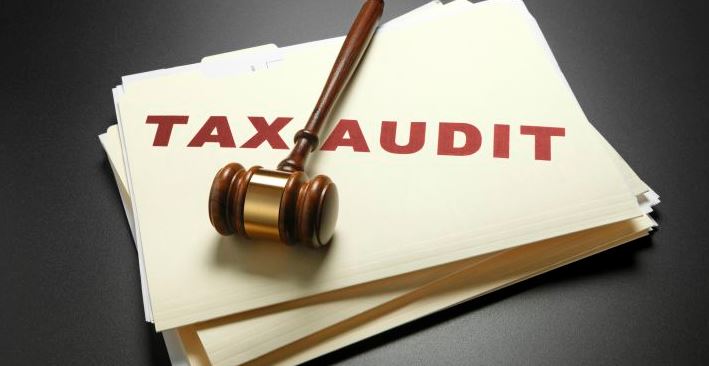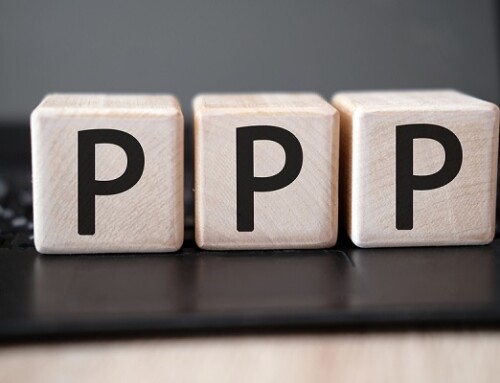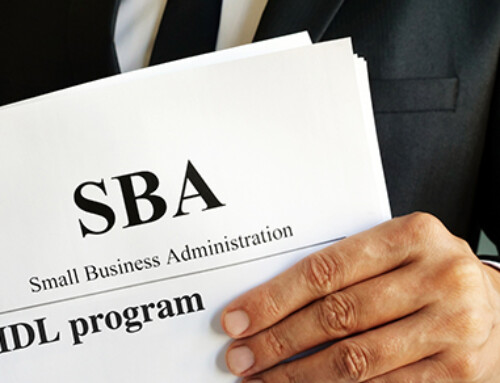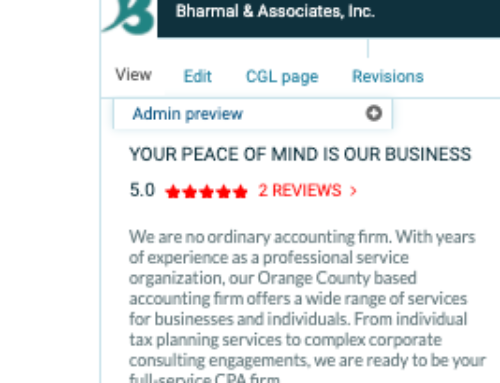New Audit Procedure For Partnership
Congress changed the IRS procedures for auditing partnerships, and they apply beginning with your 2018 partnership tax return. Under the new rules, an audit can lead to a partnership-level tax at a 37 percent rate.
Old versus New: Big Picture
Under the old procedures, if the IRS adjusted your partnership return, you then amended your Form 1040 to make it consistent with the changes and paid the tax on those changes.
The new procedures apply to partnership tax years beginning after December 31, 2017. Under the new procedures, your partnership will instead pay an “imputed adjustment” in the tax year the audit concludes. The adjustment amount is equal to the net adjustment times the highest individual or corporation rate in effect during the adjustment year (currently 37 percent). The tax as well as any penalty and interest charges are nondeductible partnership expenses.
Goodbye, Tax Matters Partner
The tax matters partner no longer exists: a partnership now must designate a partnership representative if subject to the new partnership audit procedures. There are three major differences with the new partnership representative role:
- The partnership representative has the sole authority to act on behalf of the partnership in an audit.
- The partnership representative does not have to be a partner. The only requirement is that the person have a substantial presence in the U.S.
- The partnership and partners are bound by the partnership representative’s actions.
Two Big Problems
There are two ways these new audit procedures can create a bad outcome for you and your partnership:
- The 37 percent tax rate is likely higher than the rate you’d pay on your individual Form 1040.
- If the current partners have changed from the audited year, then a partner who wasn’t involved at that time might pay tax on the partnership’s prior actions.
Don’t worry, though: you have two elections you can make to avoid either of these problems if they apply to you and your partnership.
Election 1: Elect Out of New System
Certain small partnerships can elect out of the new partnership audit procedures. If your partnership opts out, then it isn’t subject to the old audit rules, as they no longer exist. Instead, the IRS will only audit your partnership return incident to it auditing you or one of the other partners. To qualify for the opt-out election, your partnership must have 100 or fewer eligible partners for the entire tax year, determined generally by the number of Schedule K-1s issued. Your partnership makes the opt-out election annually on a timely filed partnership return, including extensions. Your partnership must notify each partner that it has made an opt-out election within 30 days of making the election.
Election 2: Push Tax to Partners
Your partnership can elect, within 45 days of receiving the notice of final partnership adjustment, to “push out” the adjustments to the partners who owned the partnership during the year under audit. Your partnership makes this election using Form 8988. If your partnership makes the election, it isn’t liable to pay any of the tax; instead, you and the other partners are liable for their share of the adjustments and any tax, penalties, and interest associated with those items. You won’t file an amended Form 1040 to report the partnership changes. Instead, you’ll compute the net tax change in the audit year (along with any subsequent affected years) and include the total tax adjustment on your Form 1040 in the tax year that you received the push-out statement from the partnership.
Example. In 2018, John is a partner in ABC LLC. The IRS audits the 2018 Form 1065 and makes adjustments to the tax return. ABC LLC makes a push-out election and sends John his push-out statement on October 25, 2020. John determines that the adjustments would cause an additional $2,500 in tax due on his 2018 Form 1040. He will include the tax and any applicable penalty and interest accruals on his 2020 Form 1040.





